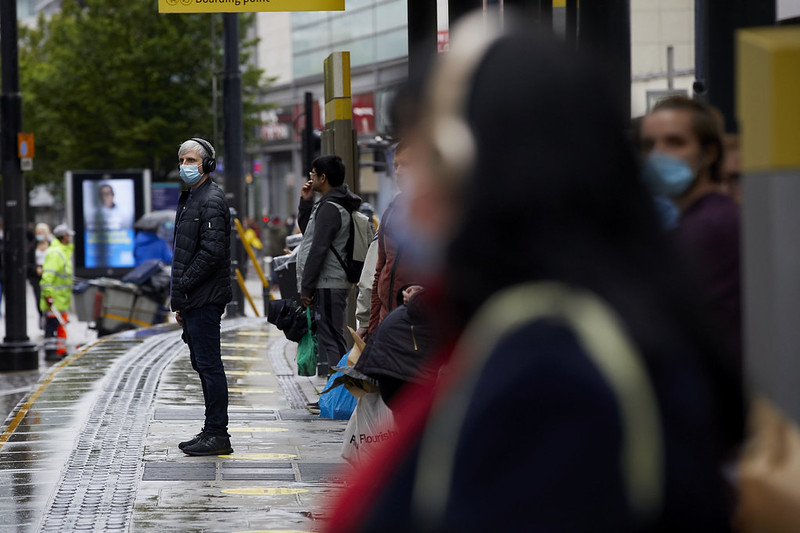World Health Organisation says end of COVID-19 pandemic is now ‘in sight’
The World Health Organisation (WHO) has claimed that the end of the coronavirus pandemic is now “in sight”.
Since news of the first variant of COVID-19 began emerging at the end of 2019, and the UK was subsequently placed into a nationwide on 23 March 2020, with a turbulent two years to follow and life as we once knew it flipped on its head, the WHO has now revealed that weekly deaths from the virus around the world are at their lowest since the pandemic began
UK infections have also dropped to their lowest level for nearly 11 months.
This had led medical experts at the organisation to claim that “we have never been in a better position to end the pandemic.”
Speaking on the latest figures and what they mean for the future, Dr Tedros Adhanom Ghebreyesus – Director General at the WHO – explained: “We are not there yet, but the end is in sight. A marathon runner does not stop when the finish line comes into view, she runs harder, with all the energy she has left, so must we.
“We can see the finish line, we’re in a winning position – but now is the worst time to stop running.”
Continuing with the metaphor, Dr Ghebreyesus said now is the time to “run harder”.
He added: “If we don’t take this opportunity now, we run the risk of more variants, more deaths, more disruption and more uncertainty, so let’s seize this opportunity.”
Read more:
- Two million people estimated to be suffering from long COVID in the UK
- NHS updates list of COVID-19 symptoms with nine new additions
- All remaining COVID restrictions lifted in England
With 12 billion does of COVID-19 vaccines having now been administered, the WHO said in its latest figures that an estimated 19.8 million deaths were prevented in 2021 as a whole thanks to vaccine rollouts nationwide – but it warned that the virus still poses an “acute global emergency”.
The WHO pointed to the fact that more than a million people died from COVID-19 during the first eight months of 2022.
Dr Ghebreyesus has called on the world to “end this pandemic together”.
The WHO has announced it is releasing six policy briefs to outline the actions that governments across the world must now take to achieve this.
The policy briefs include guidance on testing, vaccination, best practice for the managing of the disease, maintaining infection control measures in health facilities, preventing the spread of misinformation, and community engagement.
Featured Image – Mark Waugh
